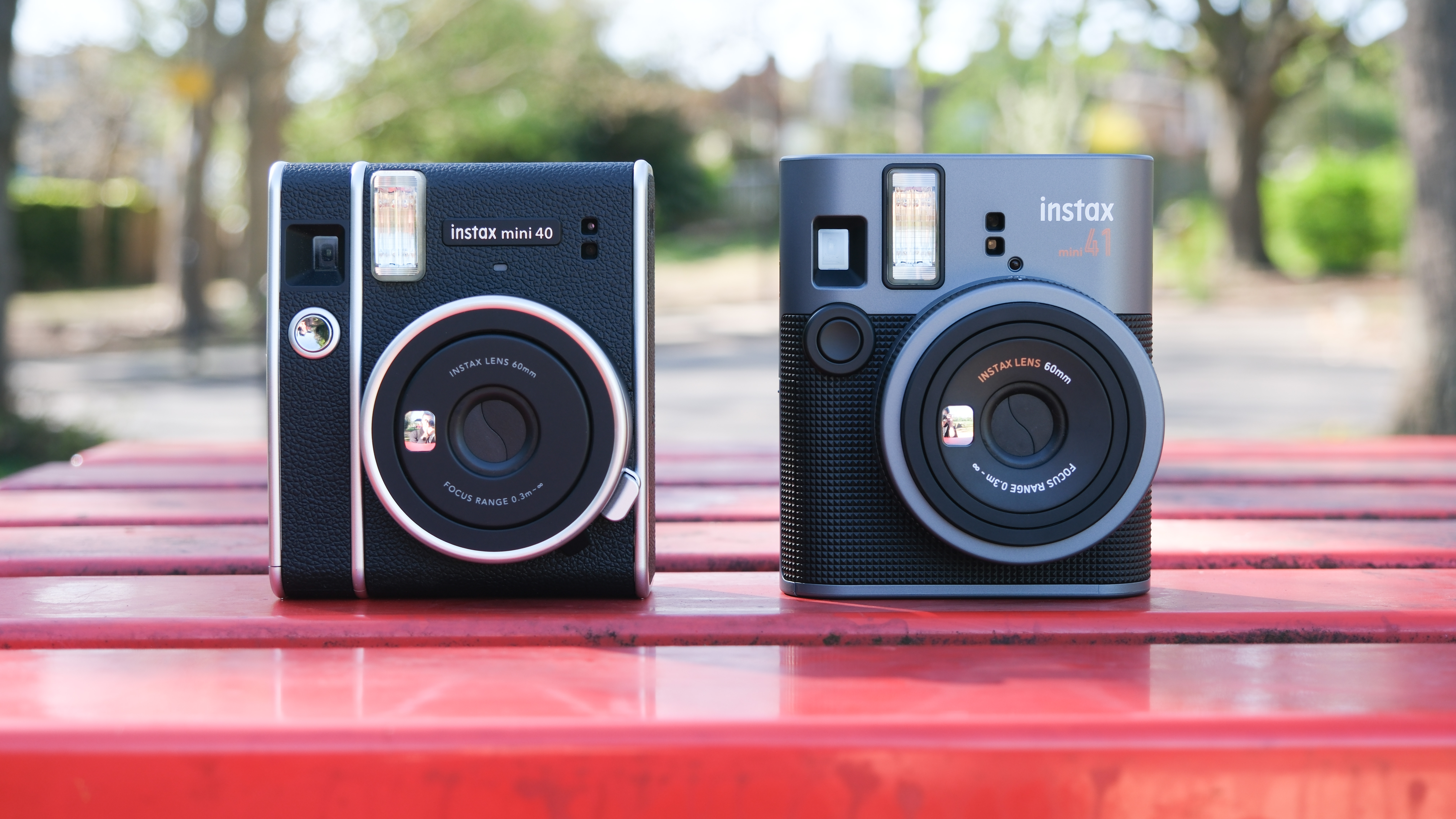The Blackmagic Pocket Cinema Camera 6K Pro is great for new videographers
Up-and-coming filmmaker Tobias Nash follows adventurer Kate Leeming in epic documentary as she cycles across South America
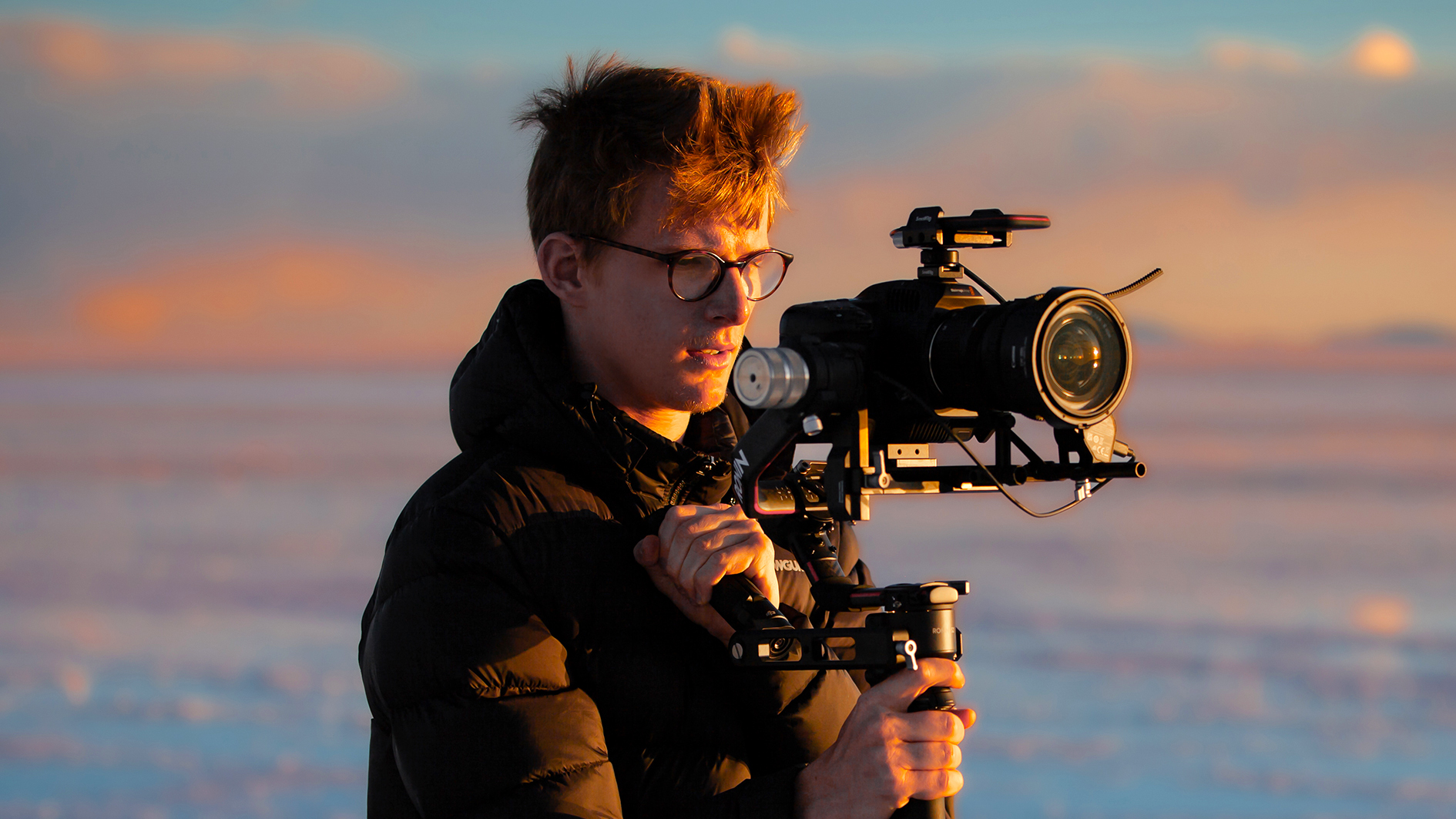
A new documentary filmed in South America follows the epic journey of cyclist Kate Leeming as she travels through the world's driest non-polar desert. Filmed by up-and-coming filmmaker Tobias Nash in partnership with UCL, the documentary will uncover the cultures, stories and incredible connections that Andean people have towards nature, while also examining the biases we have towards non-environmental actions.
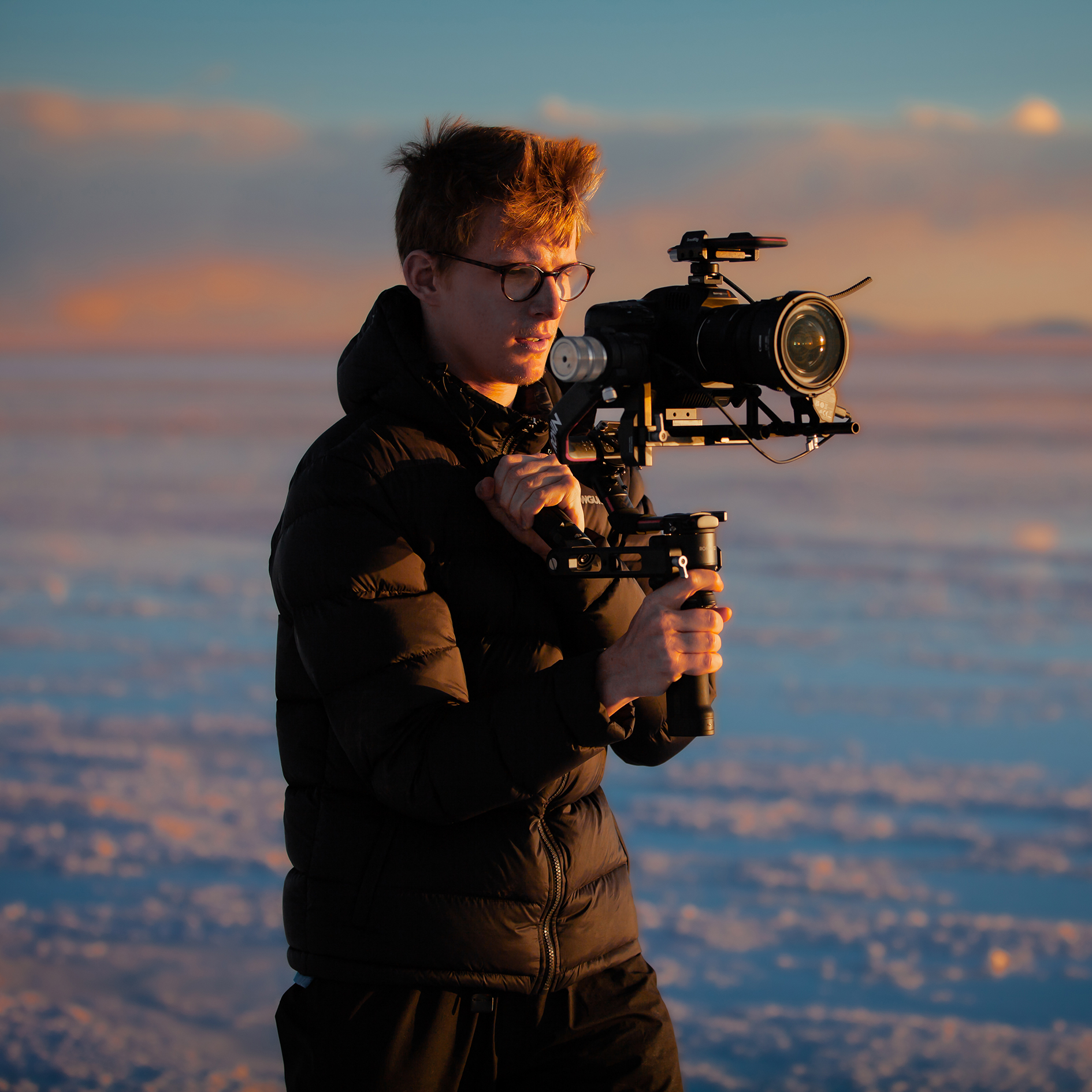
Tobias Nash is a photographer and videographer hoping to answer existential questions and solve global issues. Tobias is sponsored by the likes of DJI, Blackmagic and Thule and hopes to use his research into human psychology to leverage neurological biases through legislation that will help harmonize humanity with the circular economy of nature. Denizen is his first full-length feature documentary, made with long-distance cyclist Kate Leeming.
www.tobiasnash.com
Tobias Nash filmed the documentary (working title Denizen) entirely on a Blackmagic 6K Pocket Cinema Camera 6K Pro. His choice of equipment came down to portability, video quality and its ability to shoot discreetly. Considering this is his first full-length feature documentary, Tobias battled with some challenging environments including dusty deserts, dangerous favelas and snowy mountains.
Alongside the Blackmagic PCC6K, Tobias used a DJI RS 2 gimbal for stability which is a must when shooting out the back of a moving vehicle. The Canon EF 16-35mm f/2.8L III USM lens is incredibly versatile and with a slight crop factor on the PCC6K he was able to shoot breathtaking landscapes with a wild field of view and guesstimates he shot around 90% of the documentary with it. For portrait shots, time-lapses and getting details from a distance such as birds, Tobias opted for the Canon EF 70-200mm f/2.8L III IS USM as it has a shallow depth of field and aesthetically pleasing background compression.
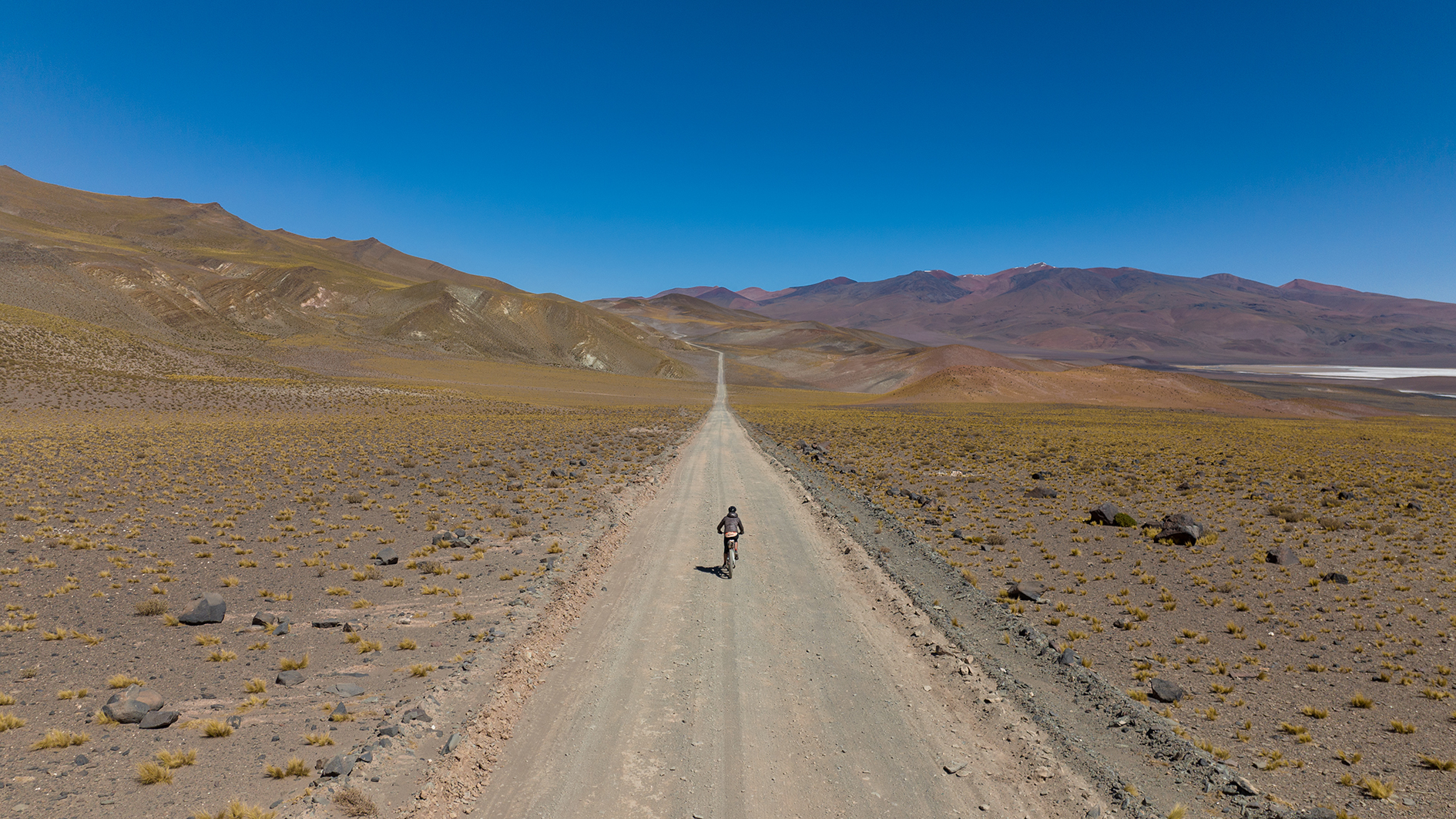
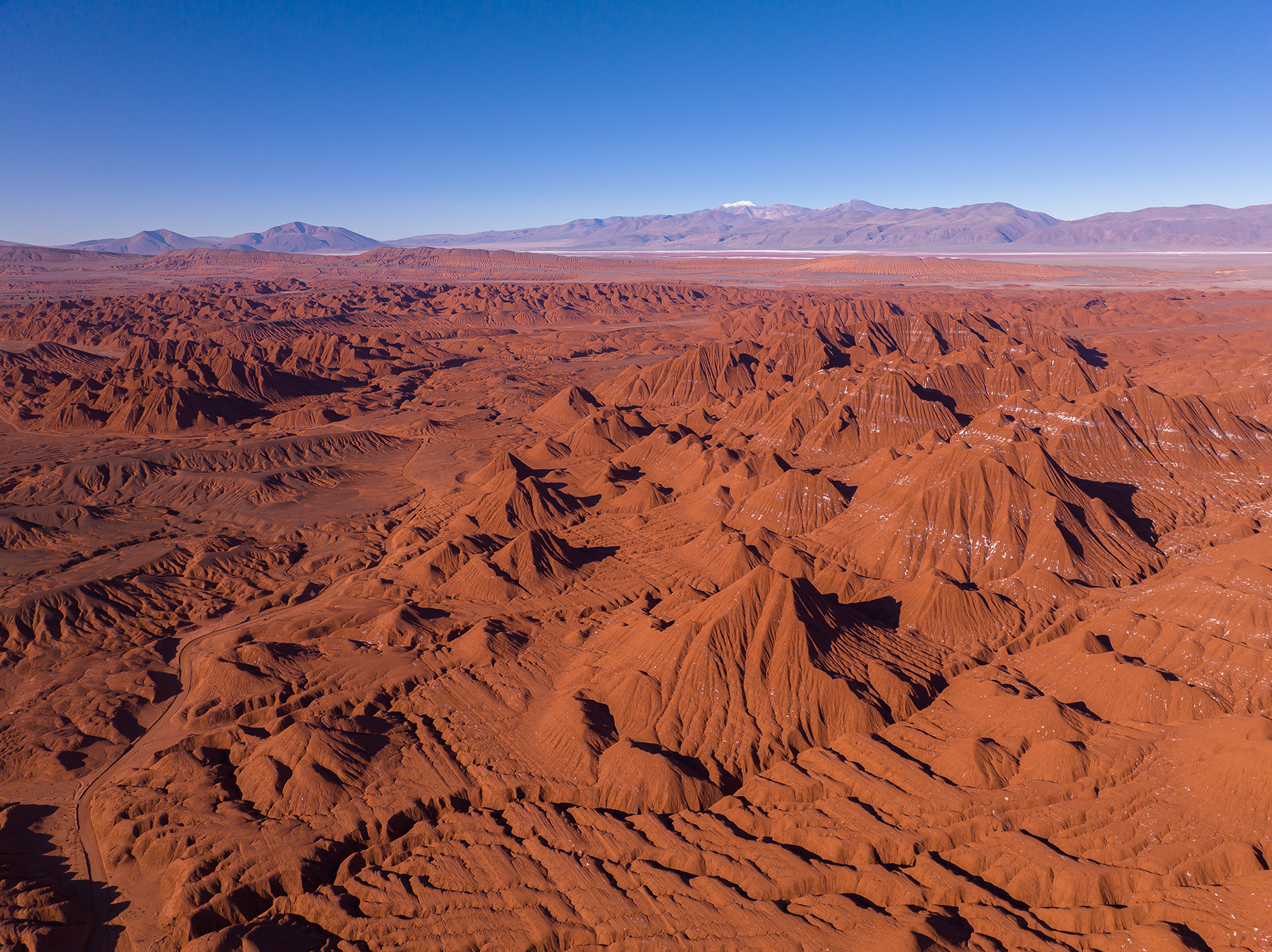
Tobias’ entry into the world of film started on the other side of the camera at the Sylvia Young Theatre School in London, as he tells Digital Camera World. “From acting in front of the camera, I watched the film crew at work and became fascinated by the craft behind cinema. I bought a little mirrorless LUMIX G7 when I was 14 and began shooting short videos with what I’d observed on set and learned from hundreds of YouTube videos. Then I started shooting for weddings and events. Now, six years later, I am producing my first feature-length documentary.”
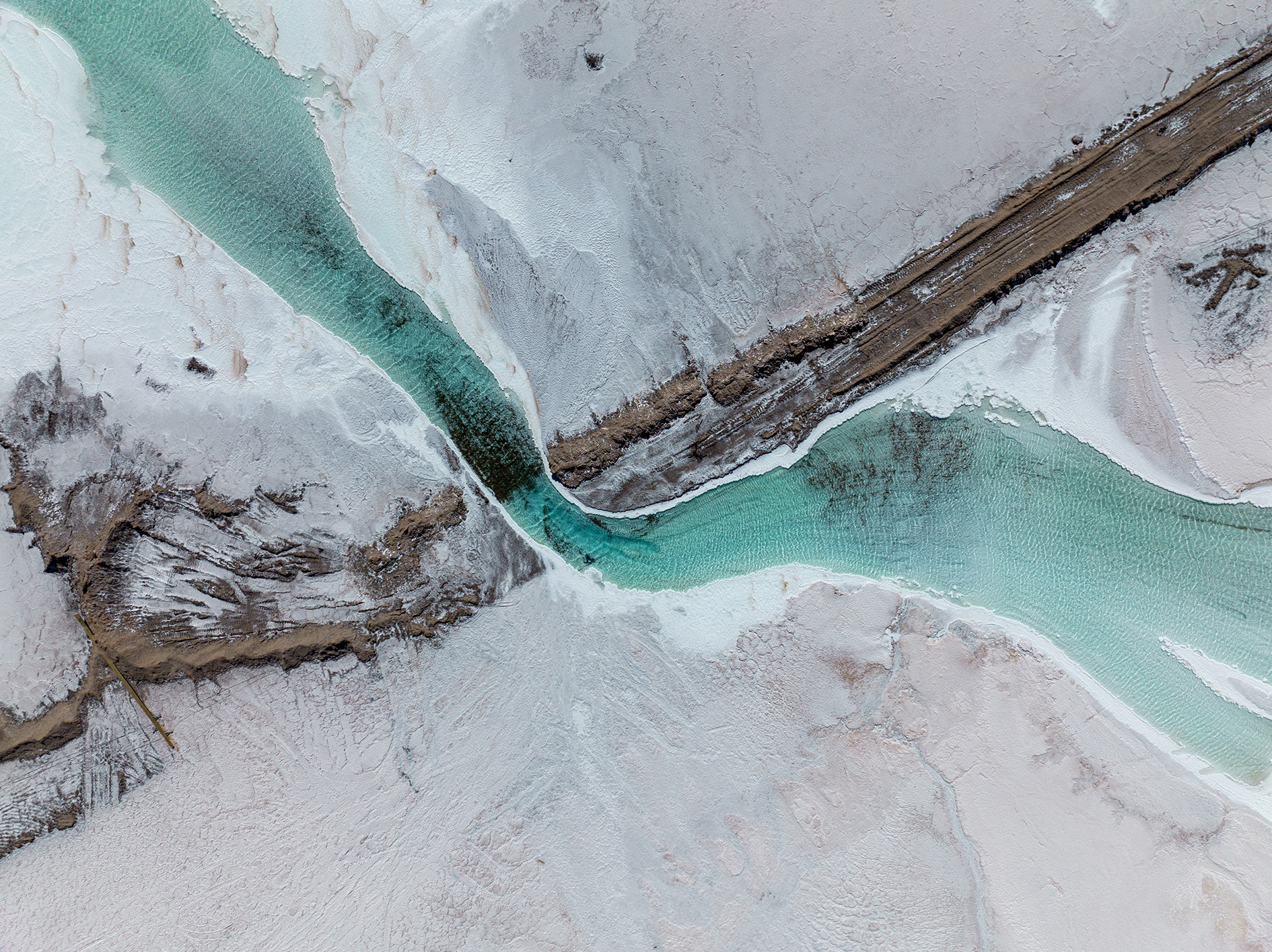
As an advocate for sustainability and a student of human psychology, Tobias heard about Kate through the sustainability department at Dulwich College International where she was putting on some talks. Having already planned to do a documentary based on how people can turn their biases towards more environmental actions, Tobias contacted the only hotel in Antarctica called White Desert who told him Kate had also been in contact.
“I reached out to Kate and suggested we combine our projects. She thought I had a really interesting angle on sustainability. So we agreed that I would help film her TV series attempting to become the first person to cycle across Antarctica, and I could simultaneously produce the documentary I had been planning.”
Six months after their initial meeting, Kate and Tobias were in the Andes ready to start filming. As they were shooting in very rugged environments, there were several challenges to overcome such as keeping equipment clean and in good condition which is easier said than done when you’re shooting in dust desserts and hiking through dirt, shale and snow with the potential of dropping his equipment.
Get the Digital Camera World Newsletter
The best camera deals, reviews, product advice, and unmissable photography news, direct to your inbox!
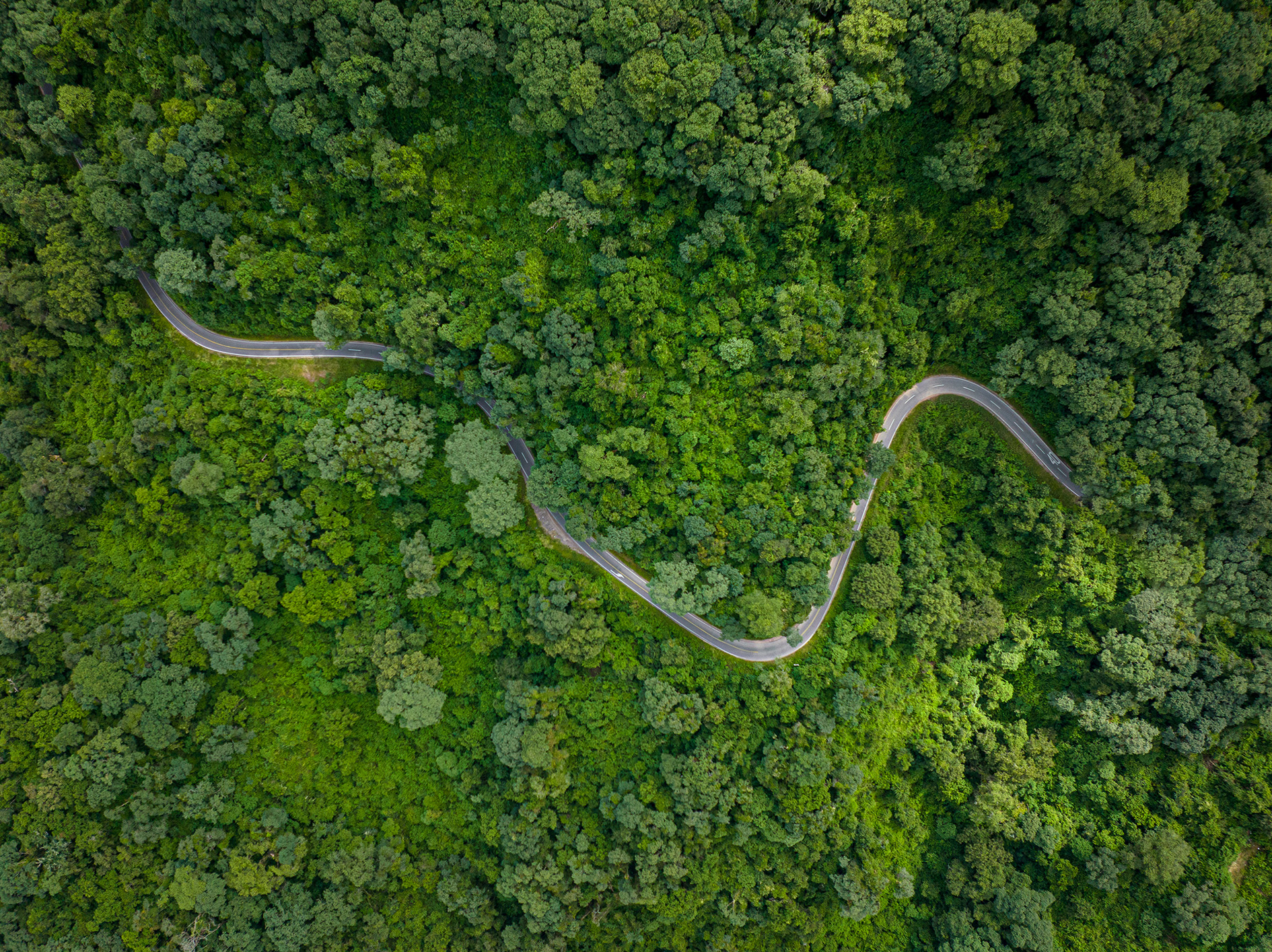
“To ensure the kit doesn’t get scratched, it is useful to keep the lens hoods on so that they take the knocks rather than the lenses. Another consideration was to have all the attachments really tightly fixed. On the corrugated dirt roads, things like the cold-shoe SSD holder would often loosen and occasionally fall off. Carrying over 10kgs of equipment up 6000m mountains was a good challenge. However, due to its portability, the 6K Pro outshined all other cinema cameras in these situations.”
One of the most dangerous environments Tobias and Kate encountered along the way was in the Atacama Desert where the world dumps its textiles waste. Surrounded by dangerous, poverty-stricken favelas, Tobias recalls advice he received about shooting there.
“Speaking to Chileans in Santiago, they thought we were crazy for going there and our contacts near Alto Hospicio strongly encouraged us not to go. That week someone had been shot to death and recently an Italian filmmaker had all of his kit stolen which didn’t make me feel comfortable.”
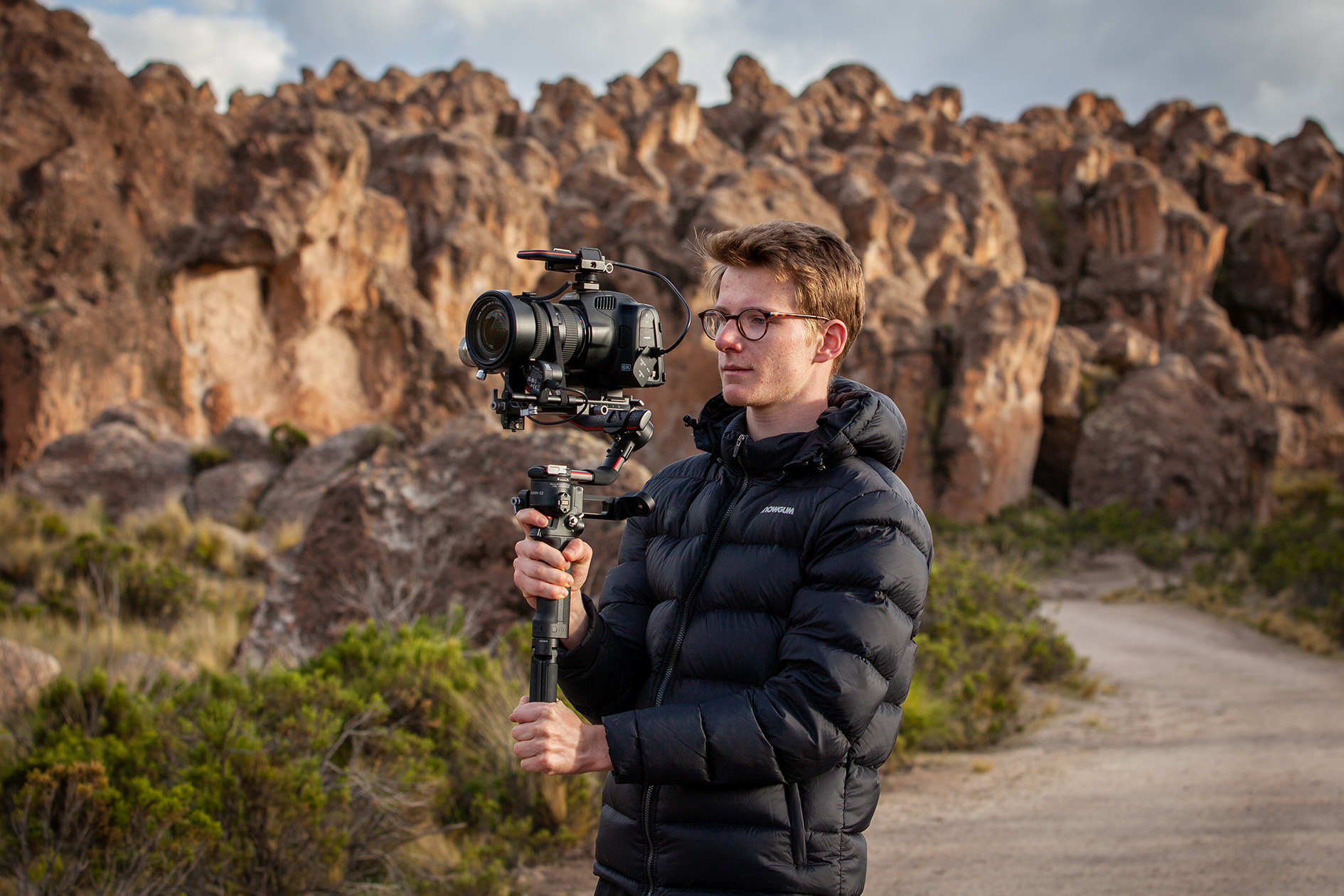
Luckily for Tobias, the Blackmagic PCC6K has built-in ND filters which means he could quickly adjust settings like exposure and the ergonomically positioned front dial meant he could minimize the time spend outside the vehicle.
But those aren't the only advantages to shooting with the Blackmagic PCC6K. Its 6K resolution means that the footage will look high-quality for years to come, it has a large screen which allowed Tobias to compose shots well, a high frame rate button that means he could quickly switch to slow motion and focus assist which meant it was easy to focus efficiently, especially in busy environments.
He also had to be very considerate of the Indigenous people he was filming, not wanting to involve himself too much in their everyday lives, the compact size of the PCC6K allowed him to nestle himself into the background enabling him to capture more natural expressions and interactions.
Another challenge Tobias had to overcome was making sure the footage he captured of Kate cycling was steady, correctly composed and free of reflection and glare when shooting through the windscreen.
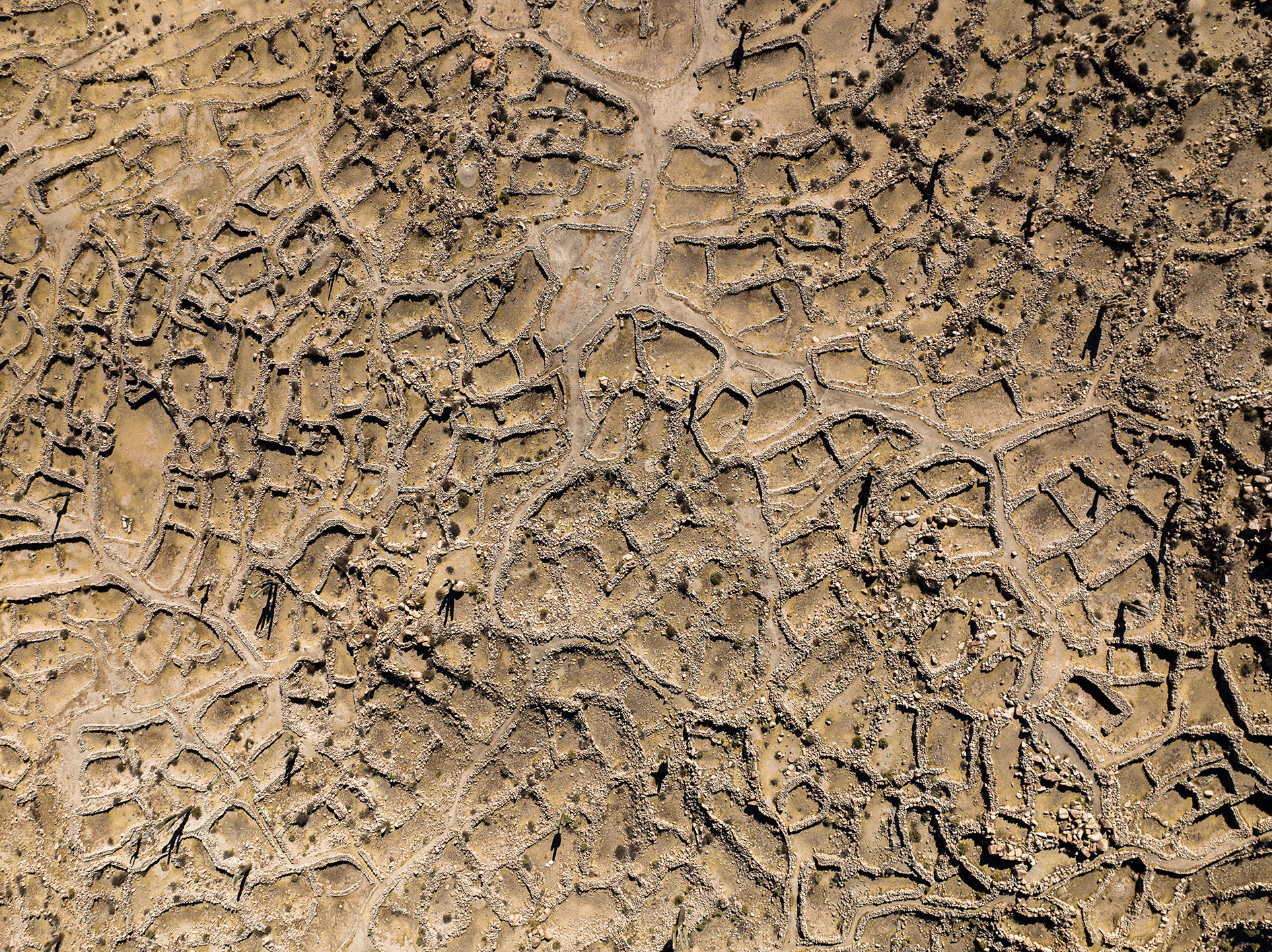
One of the primary challenges Tobias had to overcome was shooting Kate cycling from the support vehicle. From experimenting with hanging out of the passenger window with the RS2 to shooting through the windscreen, he discovered a novel shooting angle to create steady, correctly composed shots.
“I tried shooting from the tailgate to get follow shots as well as Kate talking to the camera. It was definitely not the safest place to be when rapidly accelerating to 80kmh to get ahead of Kate, but it made for a great angle. Focus and framing is a big challenge as your subject is constantly moving. The cyclist’s speed constantly changes as they get tired or the gradient of the road changes. Filming from the tailgate, I was both directing Kate and calling out speed changes to our driver to try to maintain a consistent distance from her. Due to all of this movement, especially on rough terrain, my RS2, with its stabilisation and focus puller, was essential.”
With his background in human psychology as well as a keen eye for photography and videography, Tobias hoped the documentary would give viewers a better understanding of how we make decisions, why our brain biases us toward non-environmental behavior and how we can use this knowledge to bias ourselves both individually and corporately towards more environmental attitudes.
“I have found these insights to be really helpful in reflecting on my own actions and choosing more environmental ones. I believe equipping individuals, business owners, and government ministers with these tools from behavioral psychology will help us to live more in harmony with nature.”
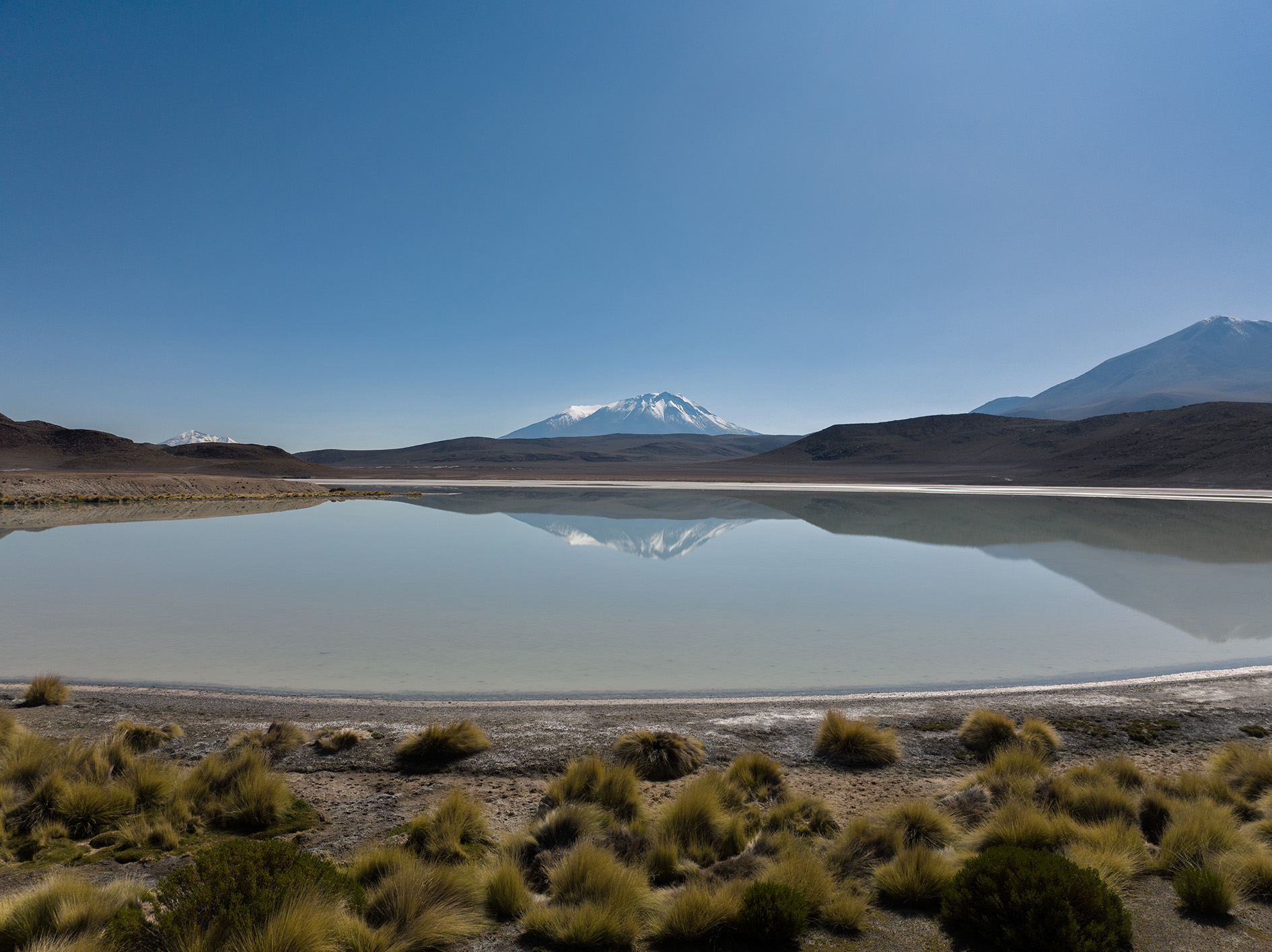
With the Andes project well on the way to completion, Tobias reflects on some of the filmmakers and creatives that set him on this path. They include the likes of Graham Linehan and Dome Karukoski who he had the pleasure of working with as an actor.
Roger Deakins and Edgar Wright have also been influential on Tobias’ filmmaking. Deakin's ability to captivate an audience and Wright’s intricate cutting and use of music to drive scenes forward. While YouTubers Peter McKinnon and Casey Neistat taught him about unusual perspectives, creative shots and the techy side of all things cameras.
“In total, planning for this project took around six months and looking back, there is little Tobias would change in terms of the kit he used and the way he went about it. “For this specific shoot with a small team and challenging environments, I think the setup that I had was pretty close to perfect. A portable yet powerful camera, excellent lenses, handheld gimbal, wireless mics and a drone were all I needed.”
This exciting, thought-provoking documentary is now in its final stage of editing and Tobias has opted to use DaVinci Resolve as his primary editing software due to the linear logic of edit tabs, and its ability to color grade native Blackmagic footage and its potential to draw out the best of his footage.
The documentary titled Denizen is due to be released in early 2023, possibly to tie in with World Recycling Day on March 18, but this is yet to be confirmed.
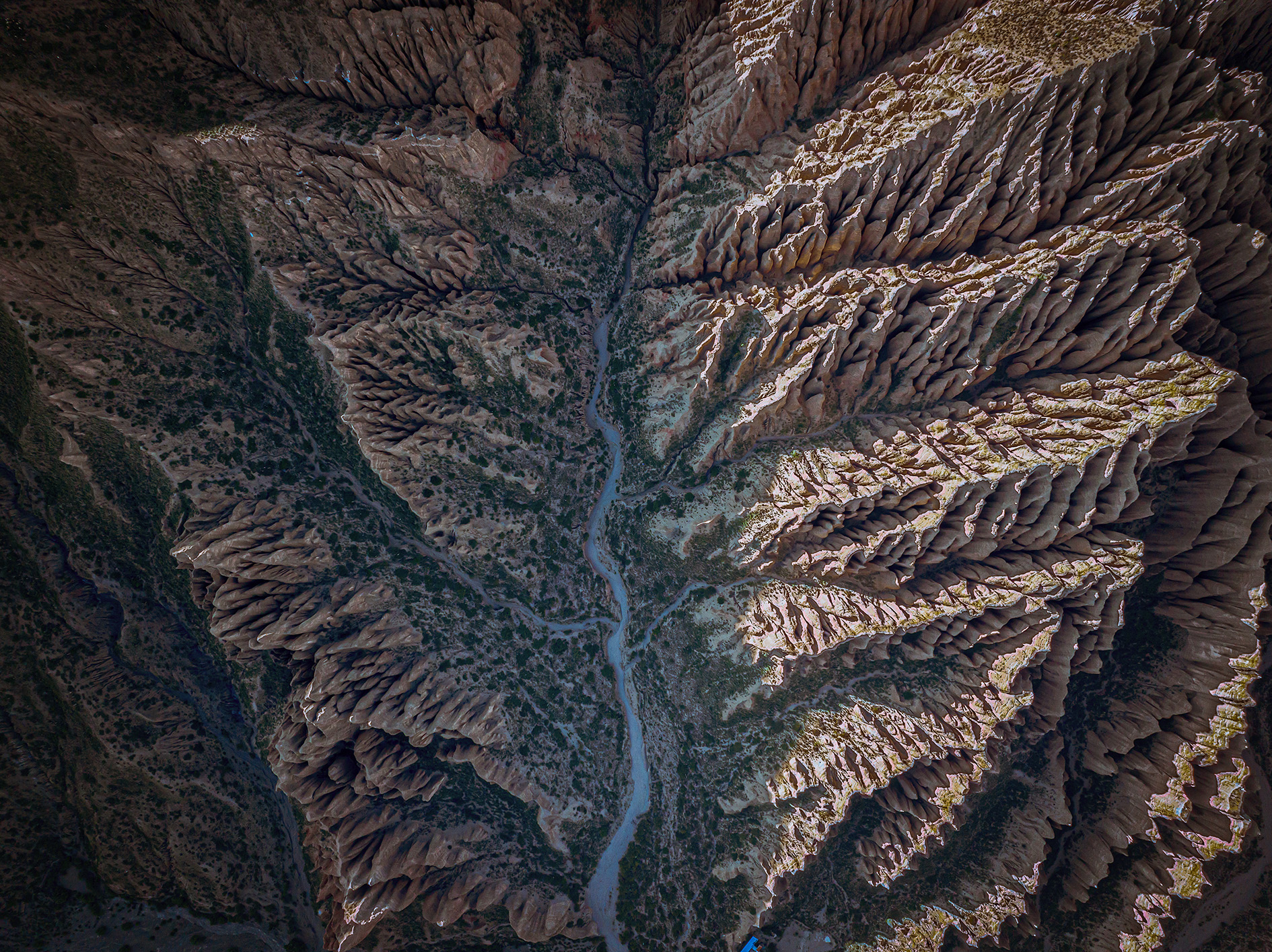
Read more:
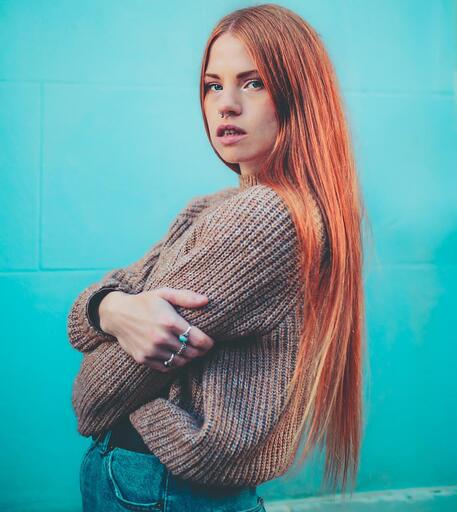
Having studied Journalism and Public Relations at the University of the West of England Hannah developed a love for photography through a module on photojournalism. She specializes in Portrait, Fashion and lifestyle photography but has more recently branched out in the world of stylized product photography. Hannah spent three years working at Wex Photo Video as a Senior Sales Assistant, using her experience and knowledge of cameras to help people buy the equipment that is right for them. With eight years experience working with studio lighting, Hannah has run many successful workshops teaching people how to use different lighting setups.
